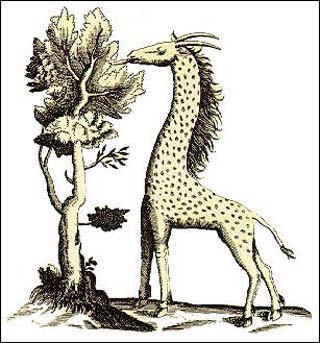Course Description
Why has it been easier to develop a vaccine to eliminate polio than to control influenza or AIDS? Has there been natural selection for a ’language gene’? Why are there no animals with wheels? When does ‘maximizing fitness’ lead to evolutionary extinction? How are sex and parasites related? Why …
Why has it been easier to develop a vaccine to eliminate polio than to control influenza or AIDS? Has there been natural selection for a ’language gene’? Why are there no animals with wheels? When does ‘maximizing fitness’ lead to evolutionary extinction? How are sex and parasites related? Why don’t snakes eat grass? Why don’t we have eyes in the back of our heads? How does modern genomics illustrate and challenge the field?
This course analyzes evolution from a computational, modeling, and engineering perspective. The course has extensive hands-on laboratory exercises in model-building and analyzing evolutionary data.
Course Info
Learning Resource Types









